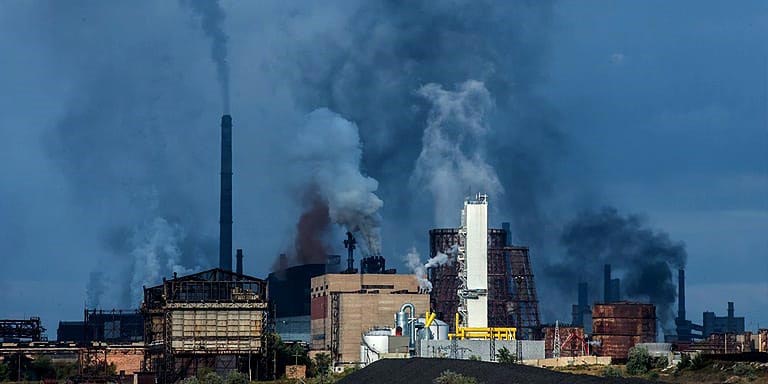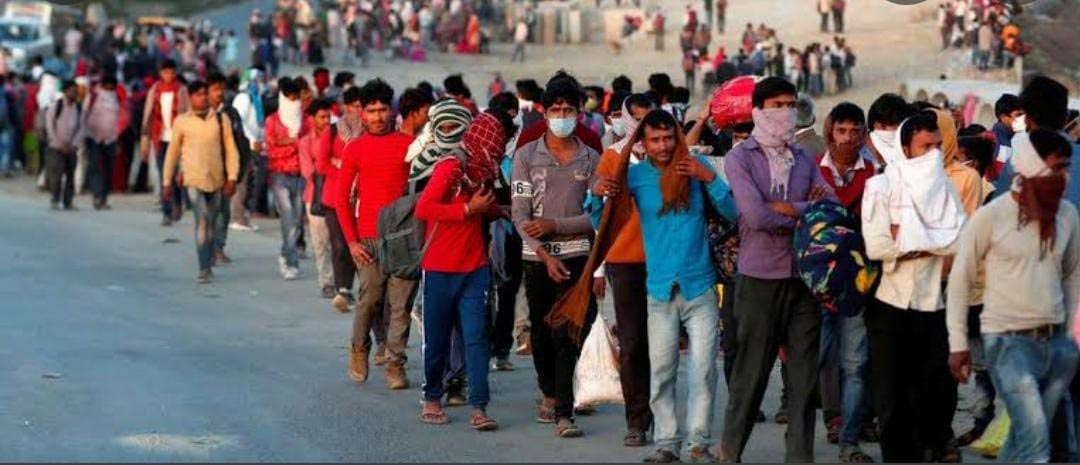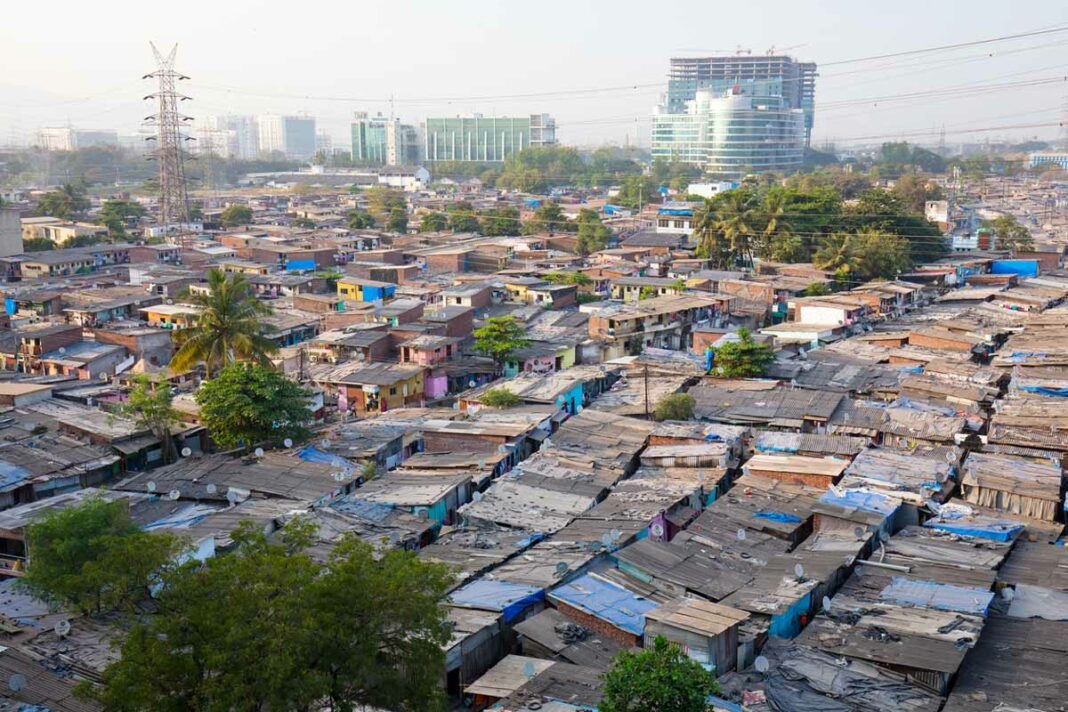The impressive growth of a nation’s economy is usually measured in terms of its Gross National Product, GDP. Based on such a consideration, the world economy has undoubtedly seen an impressive 400% growth in its GDP over the last 30 years of globalization and liberalization of economy that began in 1991. The world GDP stood at 87.61 Trillion US Dollars in 2019 compared to 23.93 Trillion US Dollars in 1991. And despite a massive disruption of the world economy during Covid-19, the world GDP today stands at 91.98 Trillion US Dollars as per the World Population Review 2022.
India too has made a highly commendable march on the roads of economic growth and has achieved the landmark success of becoming the 3rd largest economy of the world on the basis of the GDP on purchase power parity and 7th overall based on its current GDP.
But make no mistake that the Arthashastra is not just Arthametics of GDP as the economic progress need to be reflected in the layers of happiness in the society and in the engagement of people in utilizing national and the global resources most optimally to create a bright future for the humanity on planet Mother Earth. It is for this reason that the Arthashastra was all about assuring that the economic progress should result into human excellence, public welfare, and sustainable habitat for the vast humanity.
The famous Katulaya Arthashastra of ancient India emphasizes on the need for responsible citizenship and good governance that cares for its people and the planet. The economic growth was to necessarily take on board the interest of man as well as that of Mother Nature. As such, Arthashastra is all about aligning a nation’s economic progress to welfare and happiness, harmonious and peaceful co-existence and an assurance of a quality of life for its citizens, that is sustainable without exploitation of nature and its natural resources.

“The King’s success is judged by the happiness of his people and his interest cannot be anything other than public interest. Nothing could please him except the initiatives and deeds of his government that result into larger public good”, says the Kautaliya Arthashastra in its defining stage (Katuliya Arthashastra 1.19.34).
Our forefathers, who laid the foundation of the Vedic Spiritual Civilization have mandated this vital aspect of larger collective good of people, harmony and peaceful coexistence as a precondition of attaining altars of prosperity and path breaking economic growth. They practiced policies and programs that were for the collective good of the humanity and also ensured that righteous means are employed to attain great goals of prosperity and economic progress. For them mere economic progress, comforts and luxurious life for a few had no meaning unless the interest of the society at large is served by the nation’s development and its economic progress. They also understood that social justice would remain as a dream without working towards inclusive and sustainable development. Based on such noble principles they created the “Wonder that was India” that we still rejoice and feel glorified from the brightest past that our great civilization has traversed for millions of years. Satyamev Jayate, Naaratam; Sarve Bhavantu Sukhina, Sarve Santu Nirmaya were not mere slogans but the cardinal principles of nation’s development that practiced the ethos of “trade and business with Aatmiyata” and of course administration and governance with Aatmiyata and public welfare.

But today we find that 30 years of globalization of the world economy has resulted into great economic progress but at the cost of great economic inequality and a highly degraded health of the environment and its people. If the crowd in the hospitals is any measure, the health of humanity today is highly questionable. Diseases like Cancer, Heart Attacks, Diabetes, Liver and Kidney disorders have surfaced as major killers of people and all these diseases have a direct nexus to the health of the environment that relates to the quality of air we breathe, quality of water we drink and the quality of food that we eat today.
As per the World Inequality Report 2022, “In every large region of the world with the exception of Europe, the share of the bottom 50% in total earnings is less than 15% (less than ten in Latin America, Sub-Saharan Africa and the MENAS region) while the share of the richest 10% is over 40% and in many of the regions, closer to 60%. But what is perhaps even more striking is what is happening to wealth. The share of the bottom 50% of the world in total global wealth is 2% by their estimates, while the share of the top 10% is 76%”. The report further says that “The wealth of the top 10% globally, which constitutes the middle class in rich countries and the merely rich in poor countries is actually growing slower than the world average, but the top 1% is growing much faster: between 1995 and 2021, the top 1% captured 38% of the global increment in wealth, while the bottom 50% captured a frightening 2%. The share of wealth owned by the global top 0.1% rose from 7% to 11% over that period and global billionaire wealth soared. With the boom in the stock market, the picture does not seem to be getting better”.
The great economic disparity that Indian economic growth created during 75 years of Indian independence is also a matter of grave concern. Top 1% population held 42.5% wealth of India while the bottom 50% accounted for mere 2.8% of India’s wealth in 2020 as per a paper by Maitreesh Ghatak of London School of Economics (June 2021). It is also remarkable to note that the corresponding figures for 1991 were 16.5% for top 1% and 8.8% for the bottom 50% of the population. Thus, it is quite clear that the globalization and liberalization that made Indian economy to grow leaps and bounds has resulted into greater economic disparity due to a growth centric development that was devoid of equity and inclusiveness. The damage it did to the health of the environment, to the air quality and caused monumental water pollution created further tears and distress in the Indian society at large. Besides economic inequality we are today facing the monumental challenge of wiping out air and water pollution from the face of India. The GDP does not account for the cost of degradation of Environmental Health nor the damage to the Human Health nor for the Unemployment of youth caused by development devoid of creating employment for millions who graduate each year from universities and colleges.

No wonder despite impressive economic growth India scores at the bottom of the list in the World Happiness Index (136 out of 149 countries) and on compliance of Sustainable Development Goals at 120 out of 192 countries. Naturally we have a long way to go to become a happy, prosperous and sustainable country.
But then the opportunity for India to leapfrog, even pole vault, to become one of the best countries of the world is also great, given the positive environment for inclusive growth that exists today and innovative genius of young India. It would however require a sea change in our developmental strategy that currently focuses on western models of economic growth and development. The new models of development with equity and inclusiveness require India to redesign its developmental Strategies under India@80, such that on one hand the GDP of 2.62 Trillion US Dollars Grows to 7 Trillion US dollars and at the same time the epicentre of economic growth shifts to the rural India by going rural with high-tech minds and scientific solutions that will foster smart villages along side with smart cities. Let the policy planners set the target of placing India in the list of top 10 happiest countries in the world in the World Happiness Index and in the compliance of SDGs by 2025. It can be done and India must not miss the great opportunity it has to pole vault in the age of knowledge and innovation.
The current hypothesis of building great economies on the strength of urban centric development and growth has to make inroads for creating mega rural growth centres to solve the twin problem of mass entrepreneurship and avoiding exodus of rural population to the urban cities that create urban slums and urban poverty, congestion and environmental pollution. In the centre for the new economic policies and programs shall lie the focus on sustainability that forms the core of a circular economy and rapid deployment of green technologies. Economic growth without public interest and environmental protection makes no sense neither to the rich nor to the poor. One of the most important lessons learnt from Covid-19 is that the business as usual would not be allowed to continue. Serious amends to our developmental goals are needed to redesign pathways of impressive economic growth and public wellbeing.
- The Challenge Of Cyber Theft And It’s Impact On National Security
- When Honest Feel Harassed: Why India’s High Net-Worth Individuals (HNIs) Are Losing Faith in the System
- India | Readying For Wars
- MRO Monopoly – Is India Sleepwalking Into It Too, Indigo Style?
- Click, Pay and Get Cheated: How Amazon India’s Fake Seller Network Is Looting Innocent Consumers
- Adani’s Next Airspace Play: Basraon’s FSTC in Sights


























Quite an innovative and thought provoking article.. Thank you Professor Sharma